Origin of Everything: The German StG44
August 18th, 2020
6 minute read
It was ten minutes before three in the morning on June 6, 1944. Night parachute drops were unsettling even when you weren’t tearing over occupied France in a big, fat, lumbering target. The sound of light flak hitting the plane’s wings sounded like gravel thrown against a tin barn. Yellow flames sparked outside the port cabin windows, and the jump light unexpectedly switched from red to green. Sgt. Ernest Feldman was out the door in an instant.
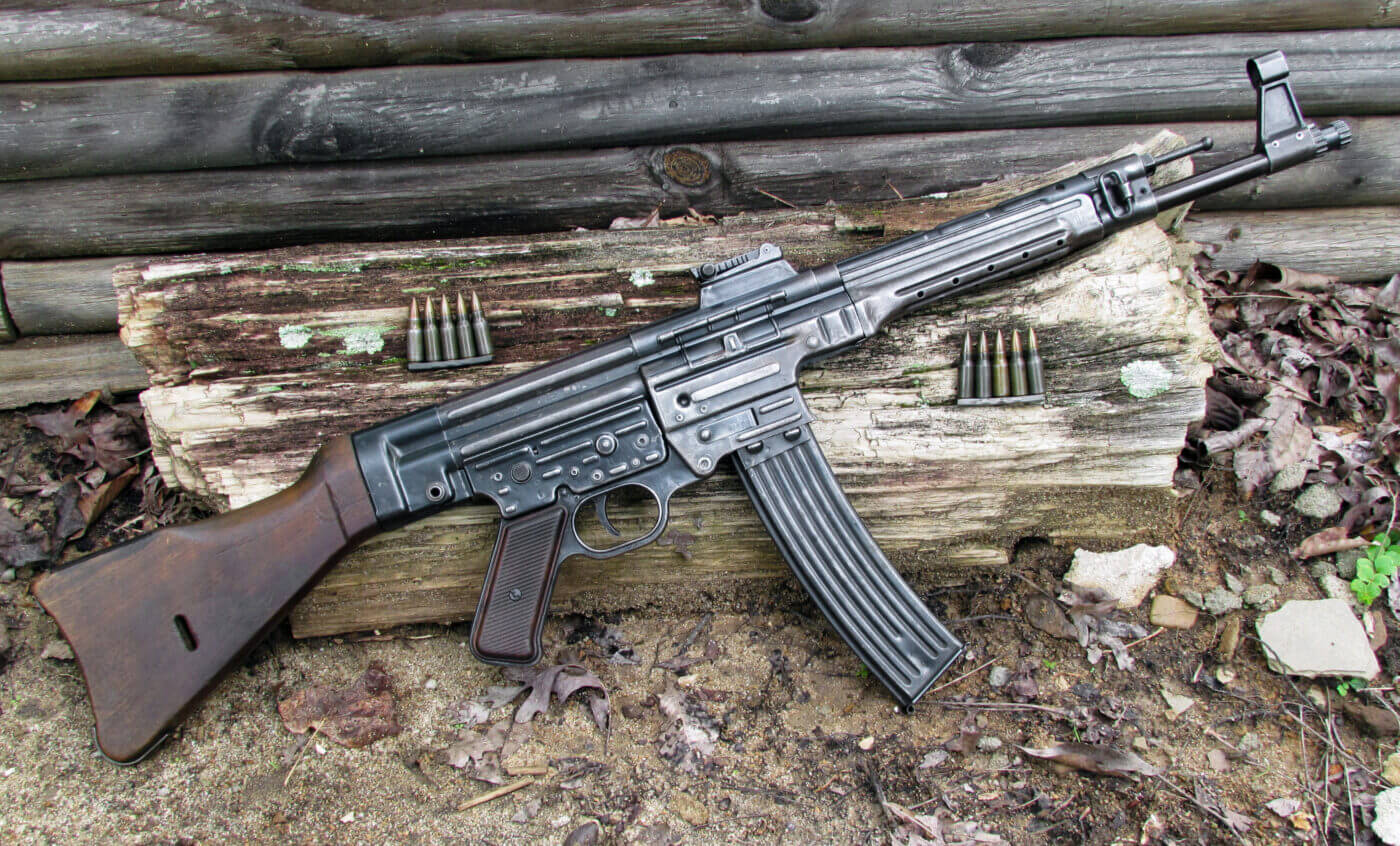
Feldman jumped much lower and much faster than he had practiced in training, and the unexpectedly violent slipstream tore his weapon and kitbag loose. He hit the ground moments after leaving the aircraft and was amazed he was still breathing. Now he shivered alone in the crisp French night armed solely with a Colt M1911A1 pistol and a jump knife. It was going to be a long evening.
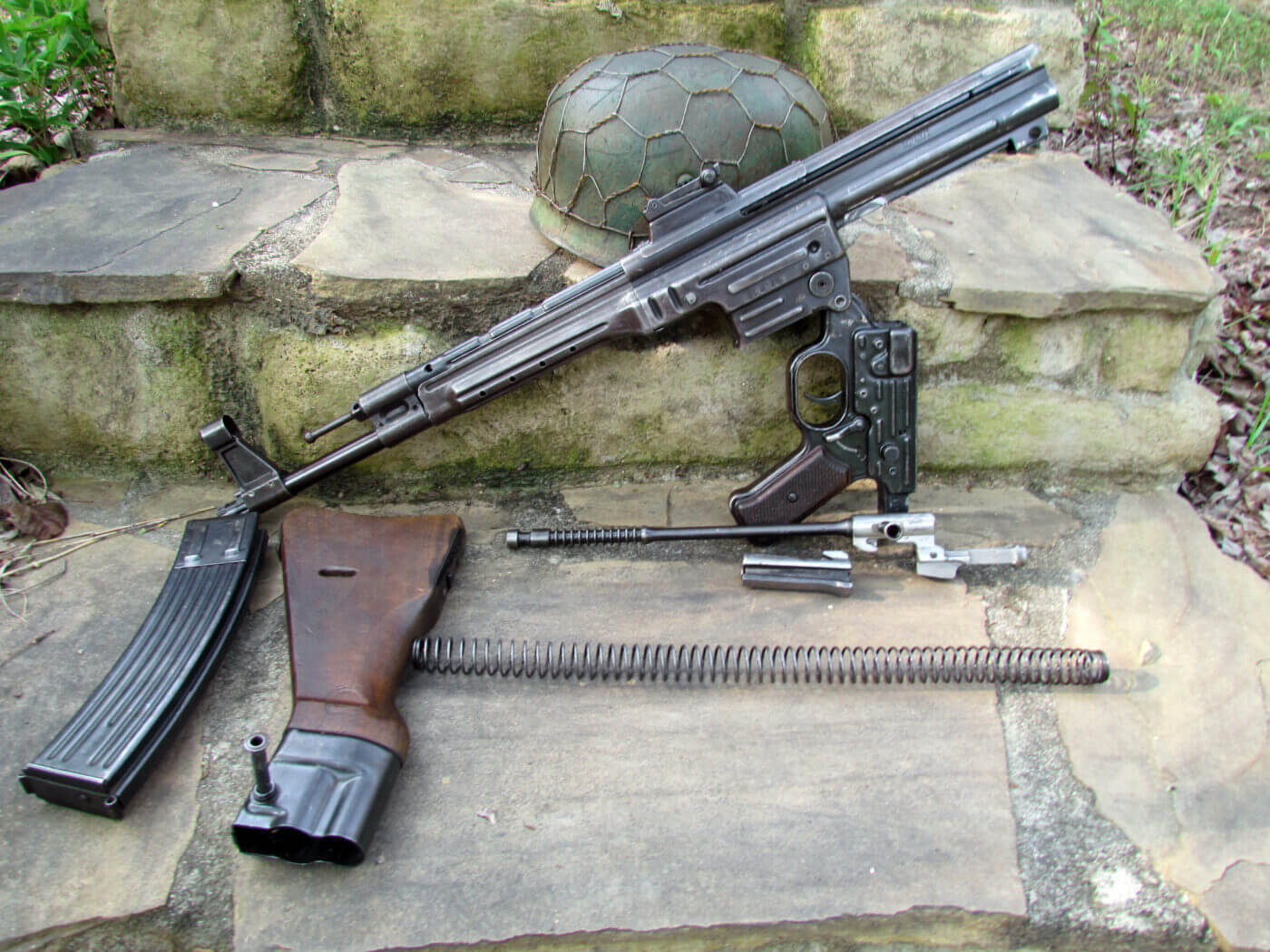
At dawn, Sgt. Feldman found a strange German rifle lying astride the corpse of its previous owner and shoved four spare 30-round magazines into his baggy cargo pockets. Sgt. Feldman struck out thusly to sow some chaos with that German “Buck Rogers” gun.
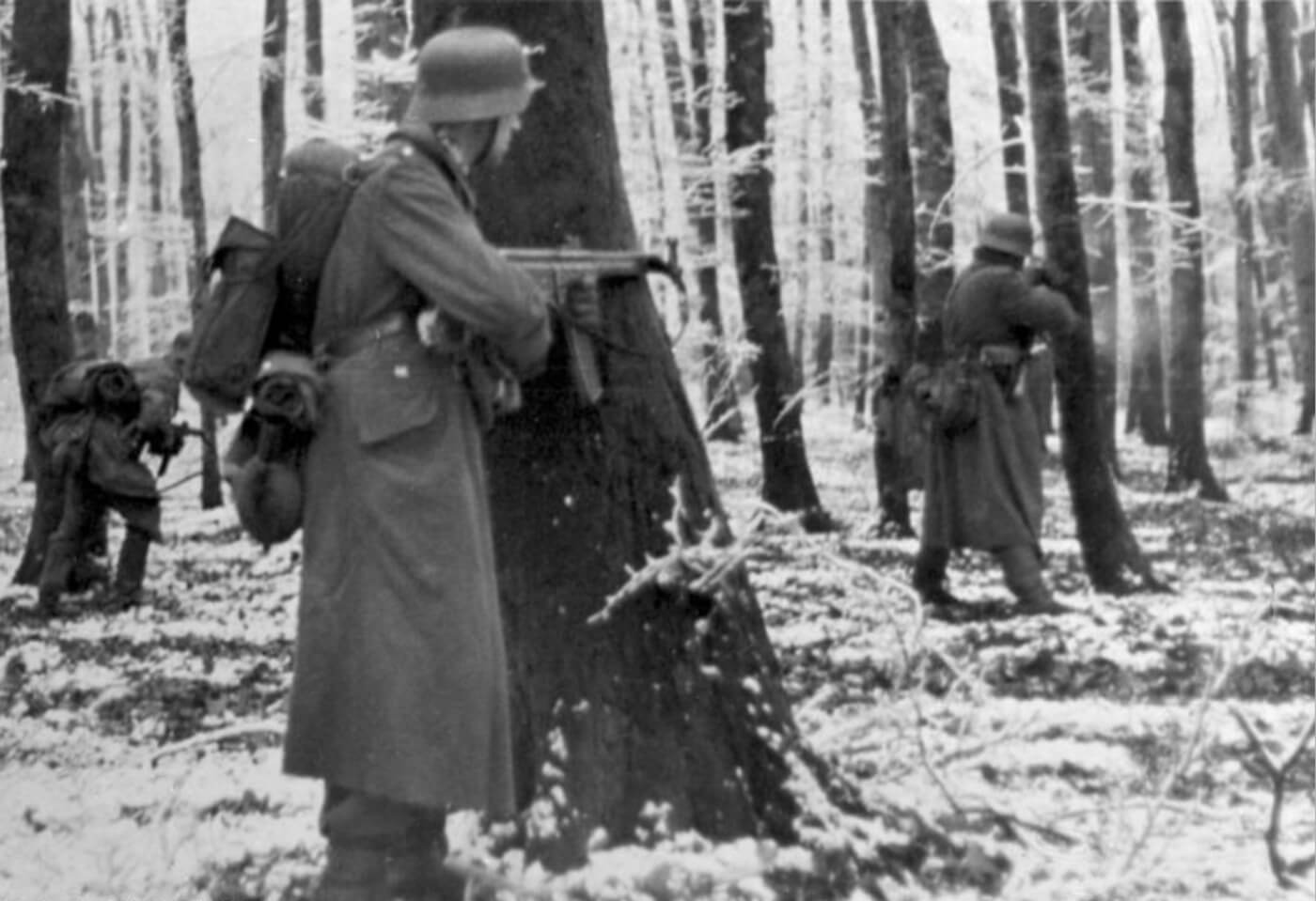
By early afternoon Feldman had expended all of his captured ammo and killed a pair of Germans for his trouble. He found himself a proper M1 Garand rifle and discarded the weird German weapon in a handy brush pile. The captured StG44 had been great company. However, the distinctive noise it made also earned him undue attention from his fellow paratroopers.
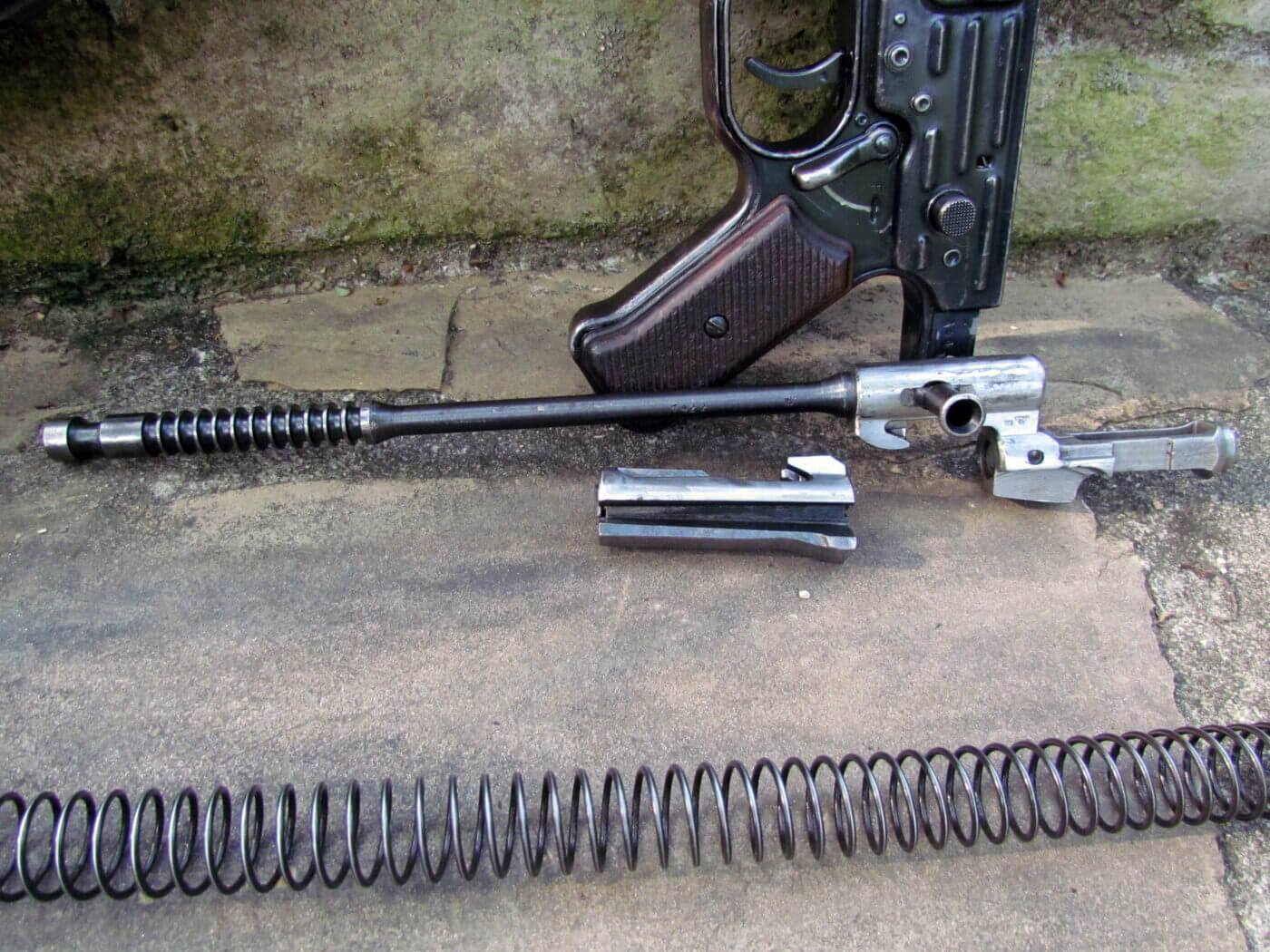
History and Development
I embellished a bit, but the aforementioned tale is true. About 13,000 Allied paratroopers jumped into Normandy in the early morning hours of D-Day. This massive combat operation was the first acquaintance many Americans had with a radical new German rifle. The StG44 changed absolutely everything.
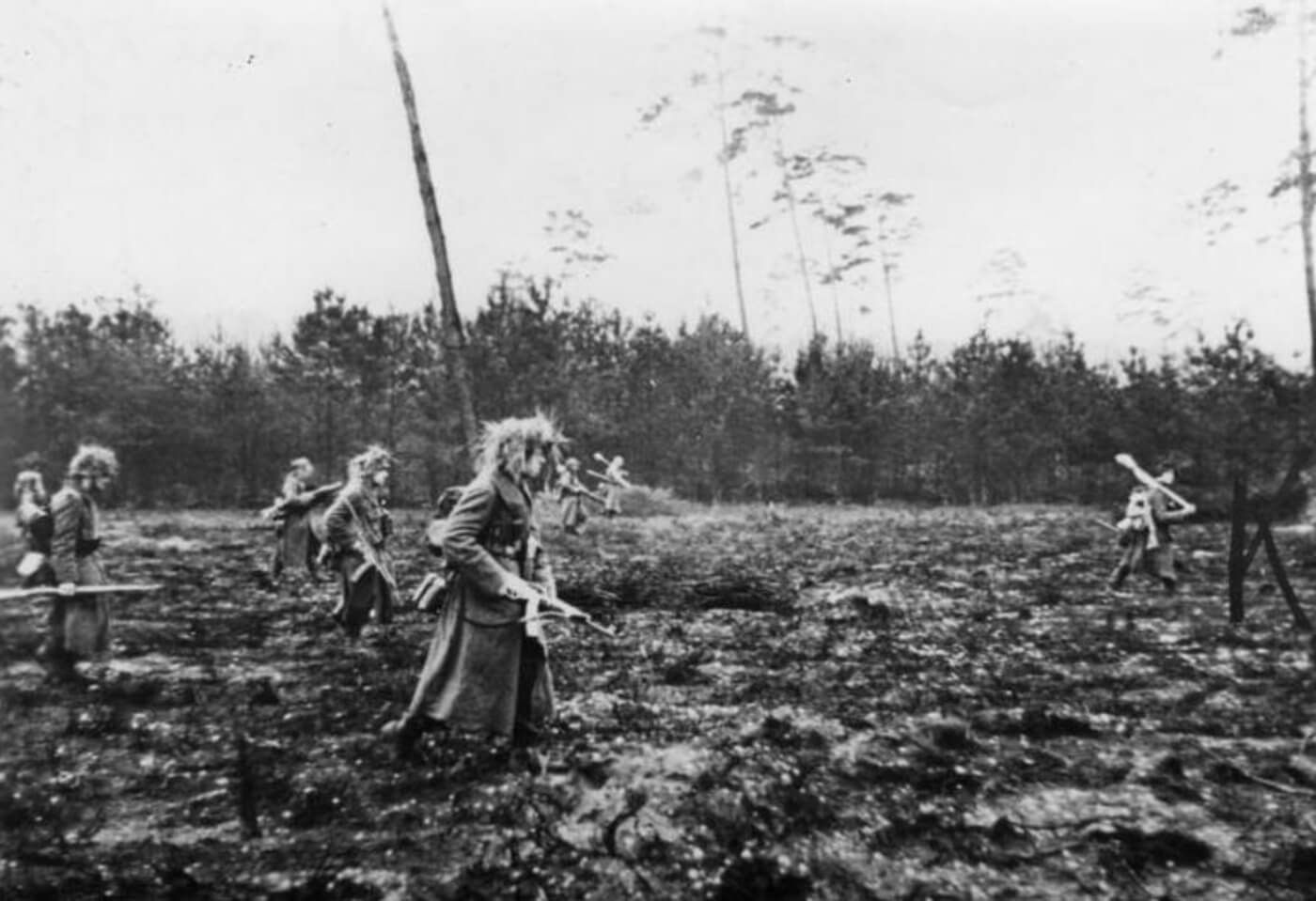
Every modern assault rifle on the planet can trace its lineage back to this single common ancestor. The MP43 begat the MP44, and that became the StG44. There were a few trivial differences, but normal folk couldn’t tell the three guns apart without checking the markings.
Adolph Hitler’s suicidal quest to dominate the world drove World War II-era German engineers to remarkable heights of innovation and industry. Their efforts brought the world the ballistic missile, the modern combat submarine and a new era in main battle tanks. But arguably the most extraordinary example of German military technical prowess was the StG44 “Assault Rifle.”
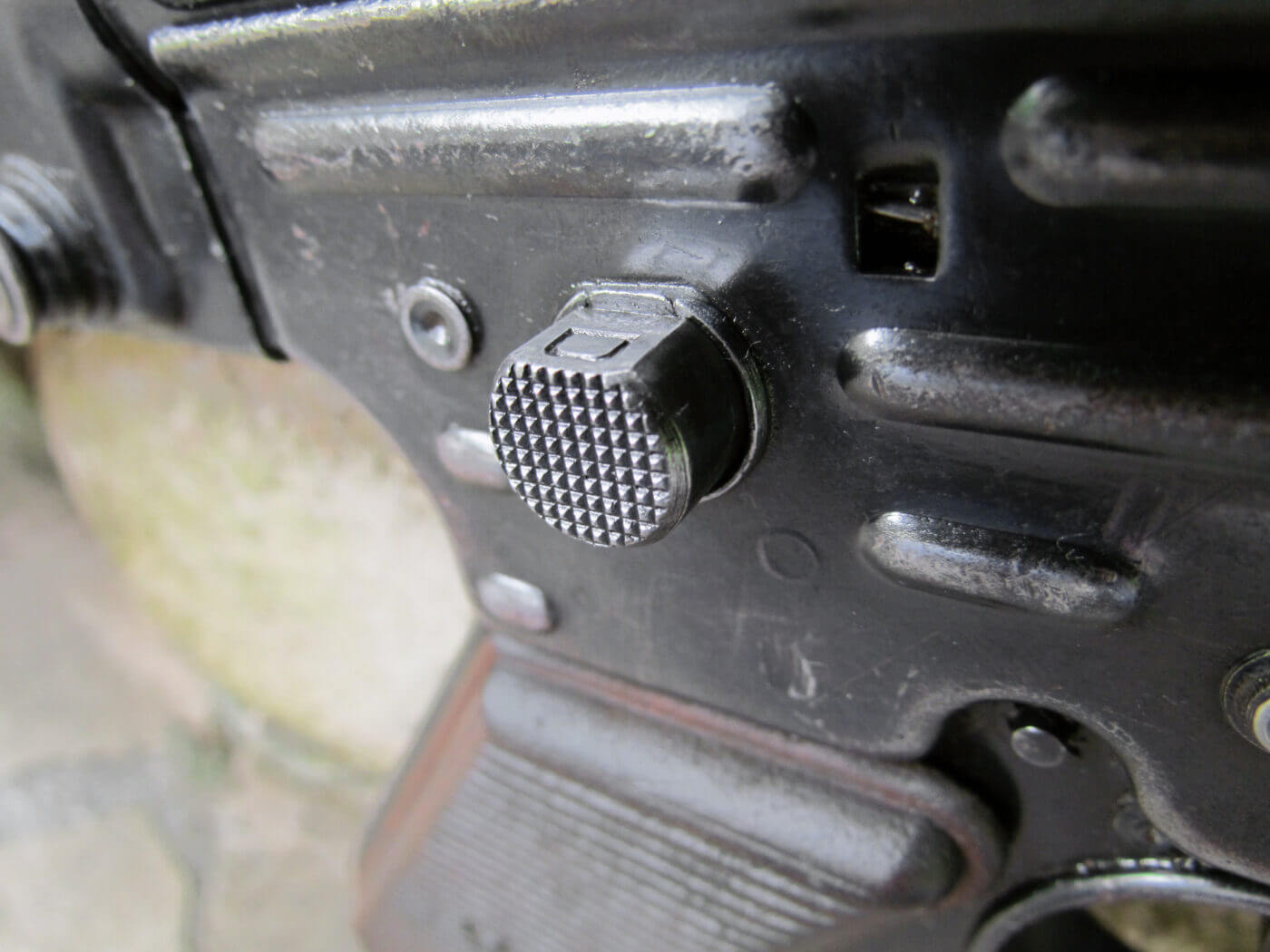
The StG44 began as a 1942 design competition between Haenel and Walther that produced the MKb-42(H) and MKb-42(W), respectively. Troop trials on the Eastern Front involved 7,800 copies of each rifle. The Walther gun was binned, and the Haenel variant was selected for further refinement.
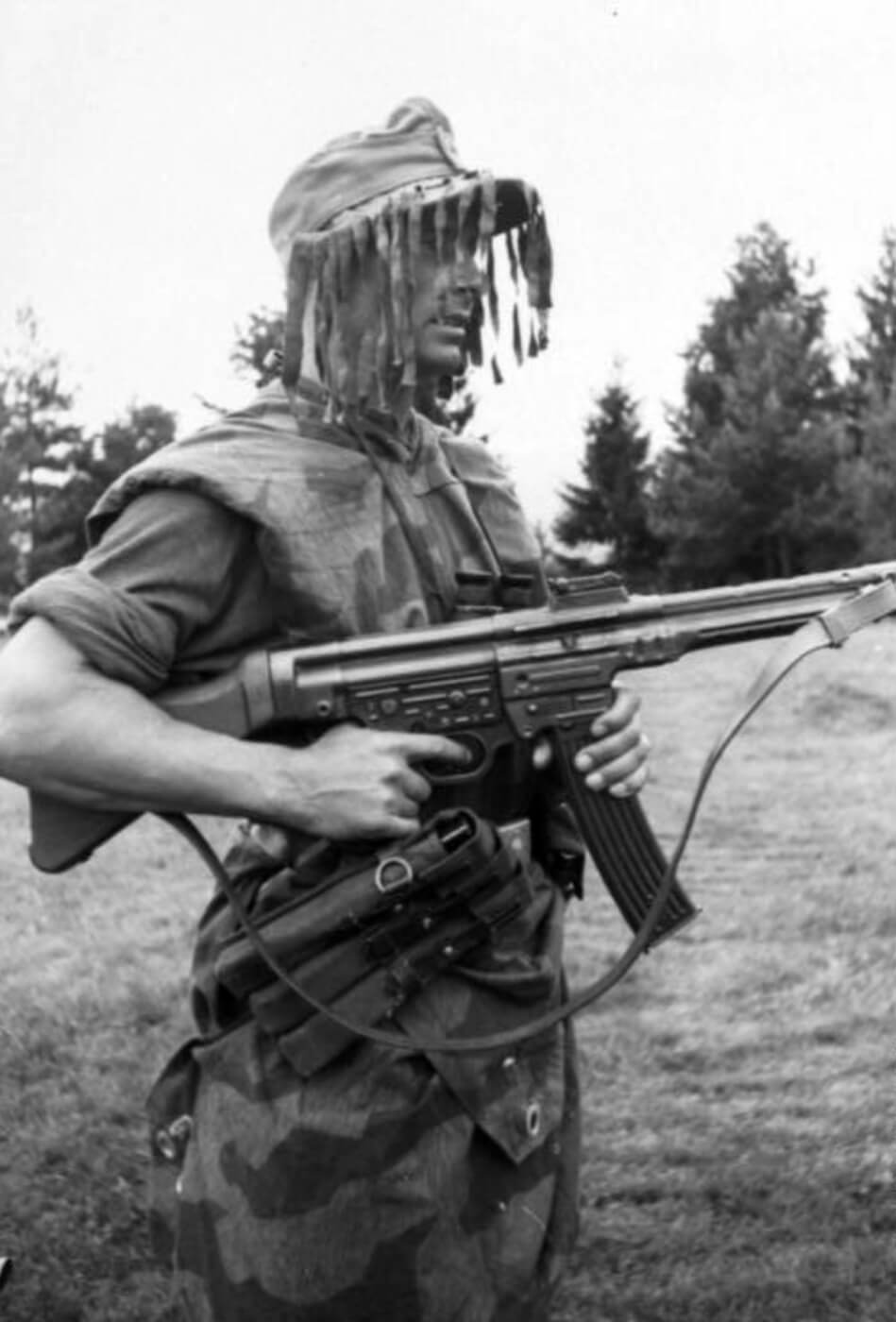
Hugo Schmeisser developed the basic chassis into the MP43, MP43/I, MP44, and StG44. The MP43 and MP43/I differed only in the manner of attachment of their grenade launchers. The biggest difference separating the first MP43 from the last StG44 was the name.
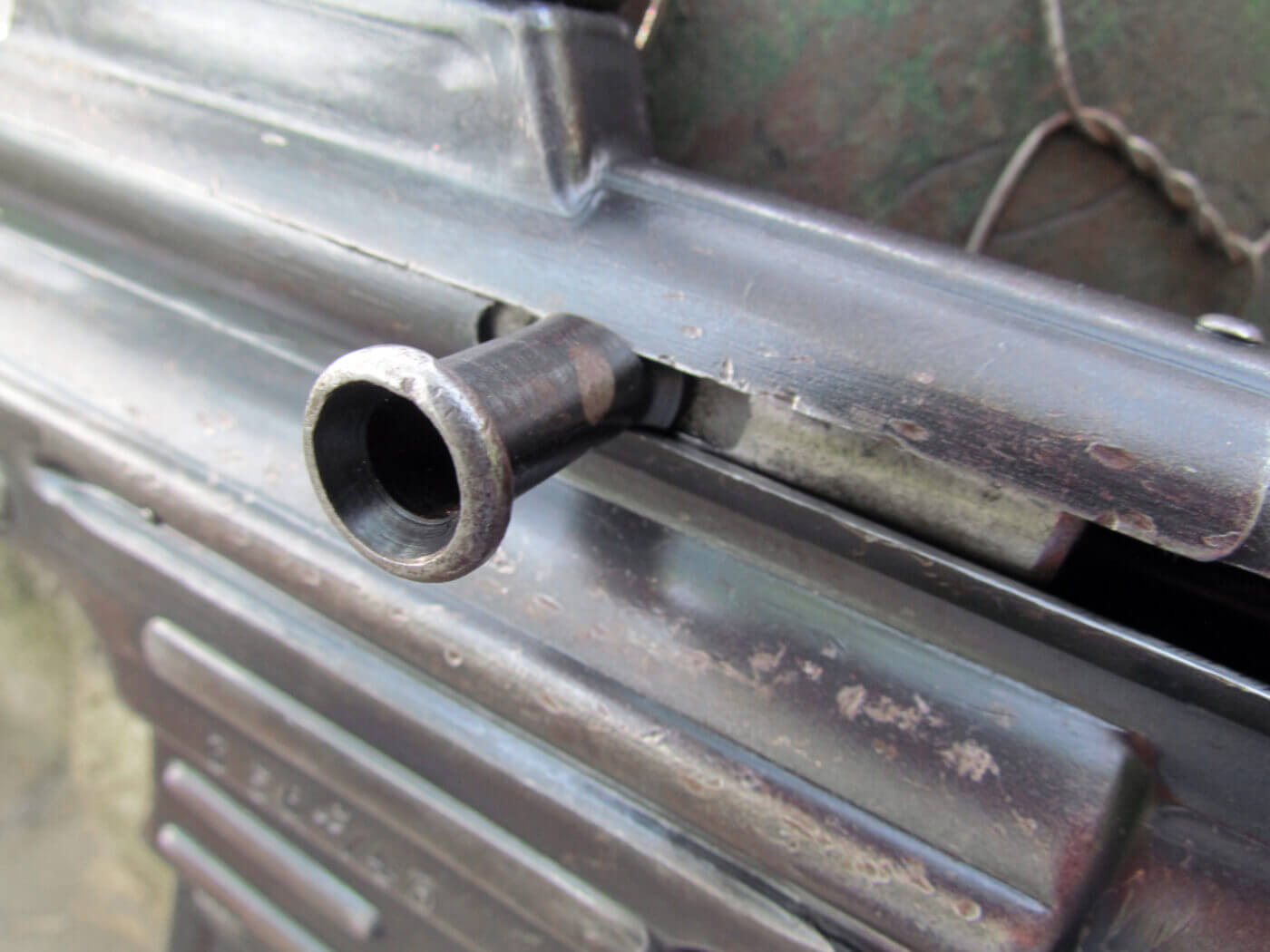
StG was short for the German term Sturmgewehr, or “Storm Gun.” That title subsequently morphed into the now-ubiquitous “Assault Rifle.” Hitler himself supposedly bestowed the moniker. Hitler never rose above the rank of corporal, but he had indeed seen the elephant in World War I. He felt combat rifles should fire long, heavy, full-sized rifle cartridges. Der Fuhrer was also an inveterate micromanager, so he forbade the Waffenamt (the German Army Weapons Agency) from developing infantry rifles firing anything other than 7.92x57mm rounds. Now, hold that thought.
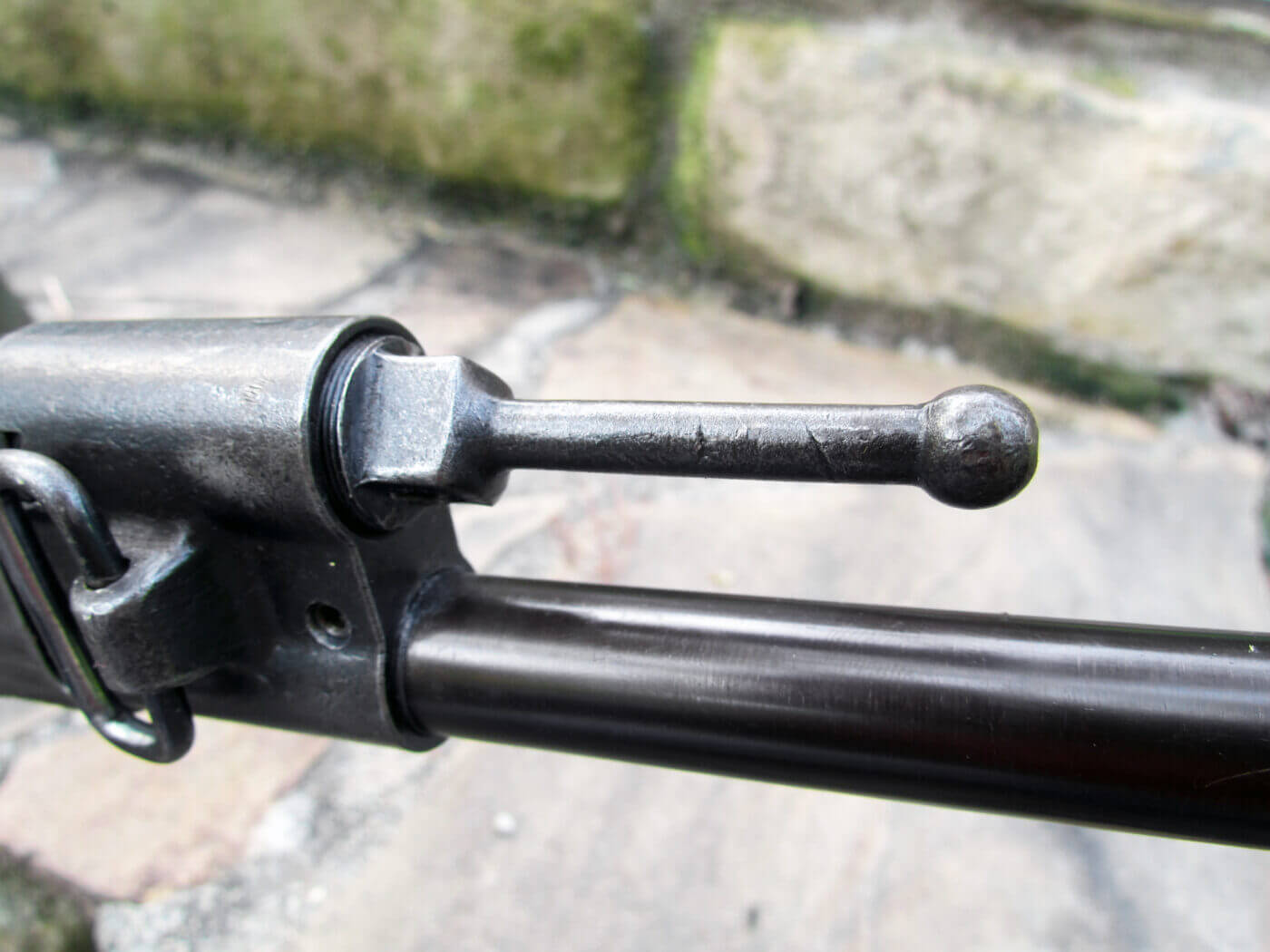
Radical Ammo
The StG44 actually began life in 1938 at the Polte Ammunition Works in Magdeburg as a revolutionary new cartridge. The 7.92x33mm Kurz round pushed a slightly smaller bullet than the larger 7.92x57mm round and sported exactly half the powder charge. The resulting short cartridge weighed one third less and offered substantially milder recoil. The Germans ultimately titled the new cartridge the Pistolenpatrone M43 (Pistol Cartridge Model 1943).
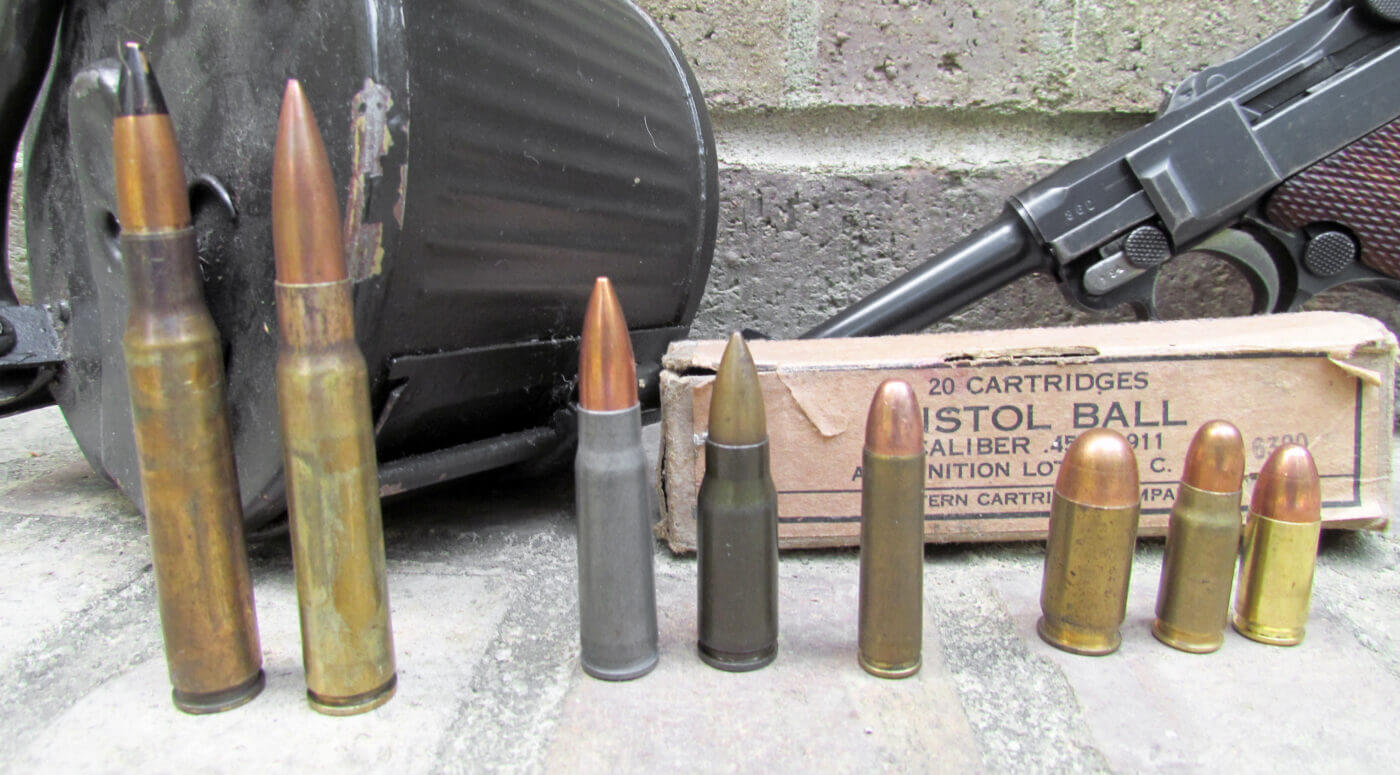
You’ll recall Hitler was fairly intransigent about building infantry rifles firing anything but 7.92x57mm rounds. The Fallshirmjagers’ FG42 chambered for that round was an excellent example. The German Waffenamt therefore duplicitously decreed the new intermediate round to be fodder for machine pistols. That’s the reason those earliest versions were called the MP43 and MP44.
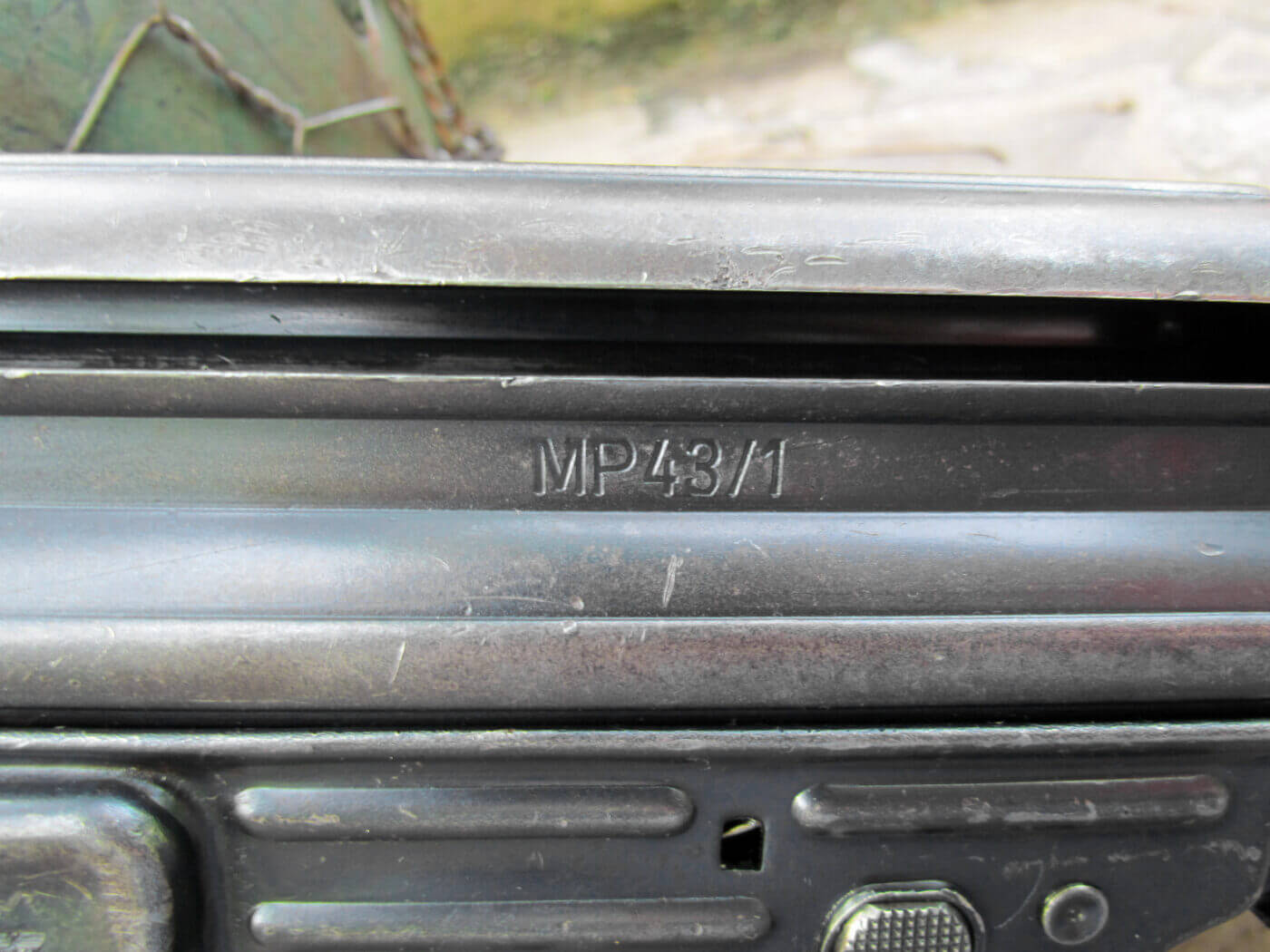
Hitler eventually saw these new weapons in action and was over the moon. The gun was slapped with the new Sturmgewehr moniker and unleashed on the planet. Warfare would never be the same. The new German assault rifles hosted one of the world’s first viable night vision targeting systems and, thanks to a bizarre krummlauf curved barrel device, could even shoot around corners.
Most modern infantry engagements take place at 400 meters or less, so all the extra power embodied within those big finger-sized rifle rounds was frequently wasted anyway. The concept of the intermediate cartridge eventually became the international standard. Today’s 7.62x39mm, 5.45x39mm, 5.56mm and .300 Blackout all spawned from that original 7.92x33mm Kurz round’s concept.
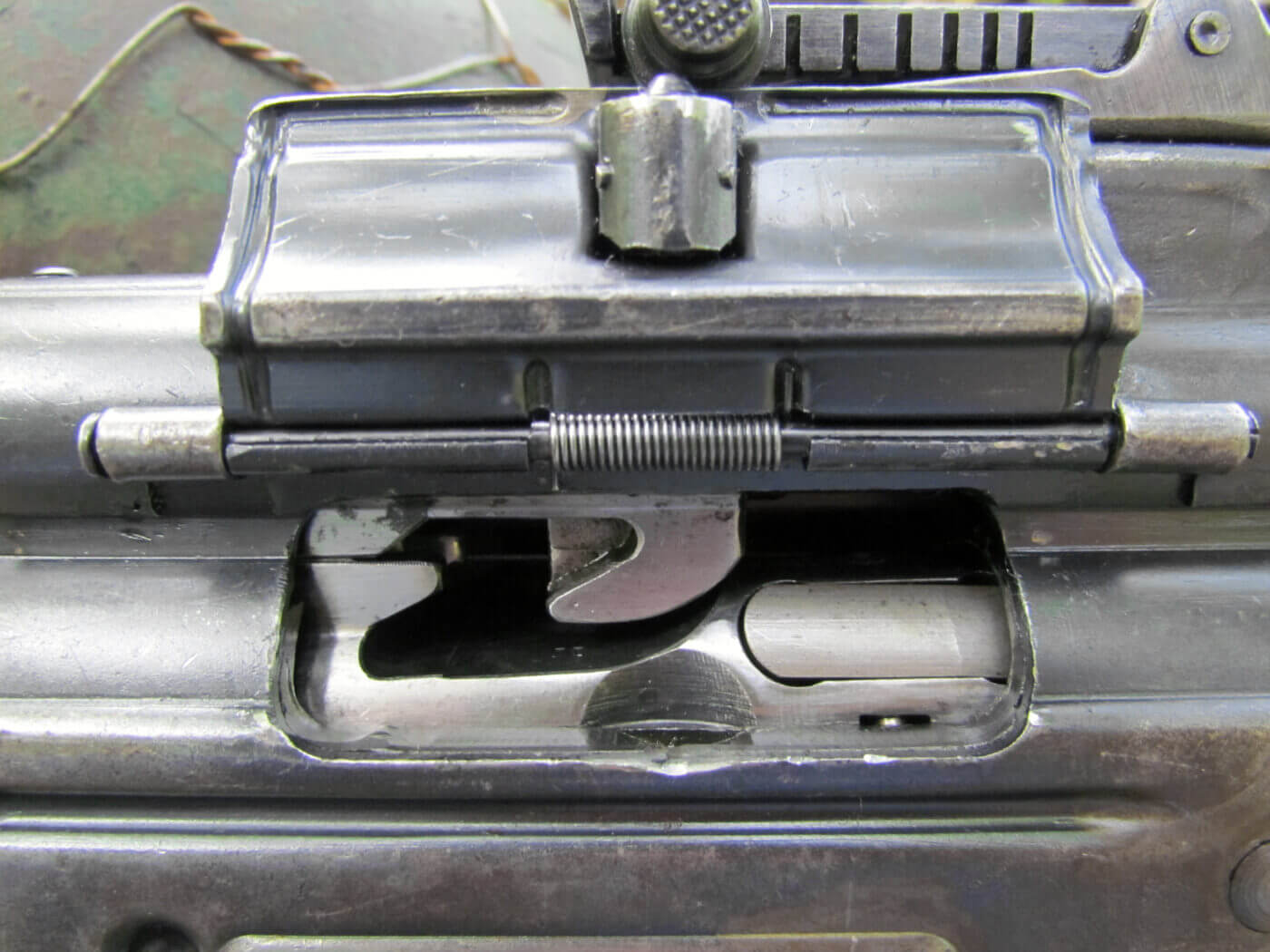
Trigger-Time
The StG44 is heavy at 11.5 lbs., but the magazines are handy and the controls intuitive. The left-sided thumb lever is the safety. A crossbolt pushbutton serves as the fire selector. Push left for semi-auto and right for rock and roll. The magazine release is on the left side and easily accessed by the left thumb. The non-reciprocating charging handle is left-sided and easily manipulated.
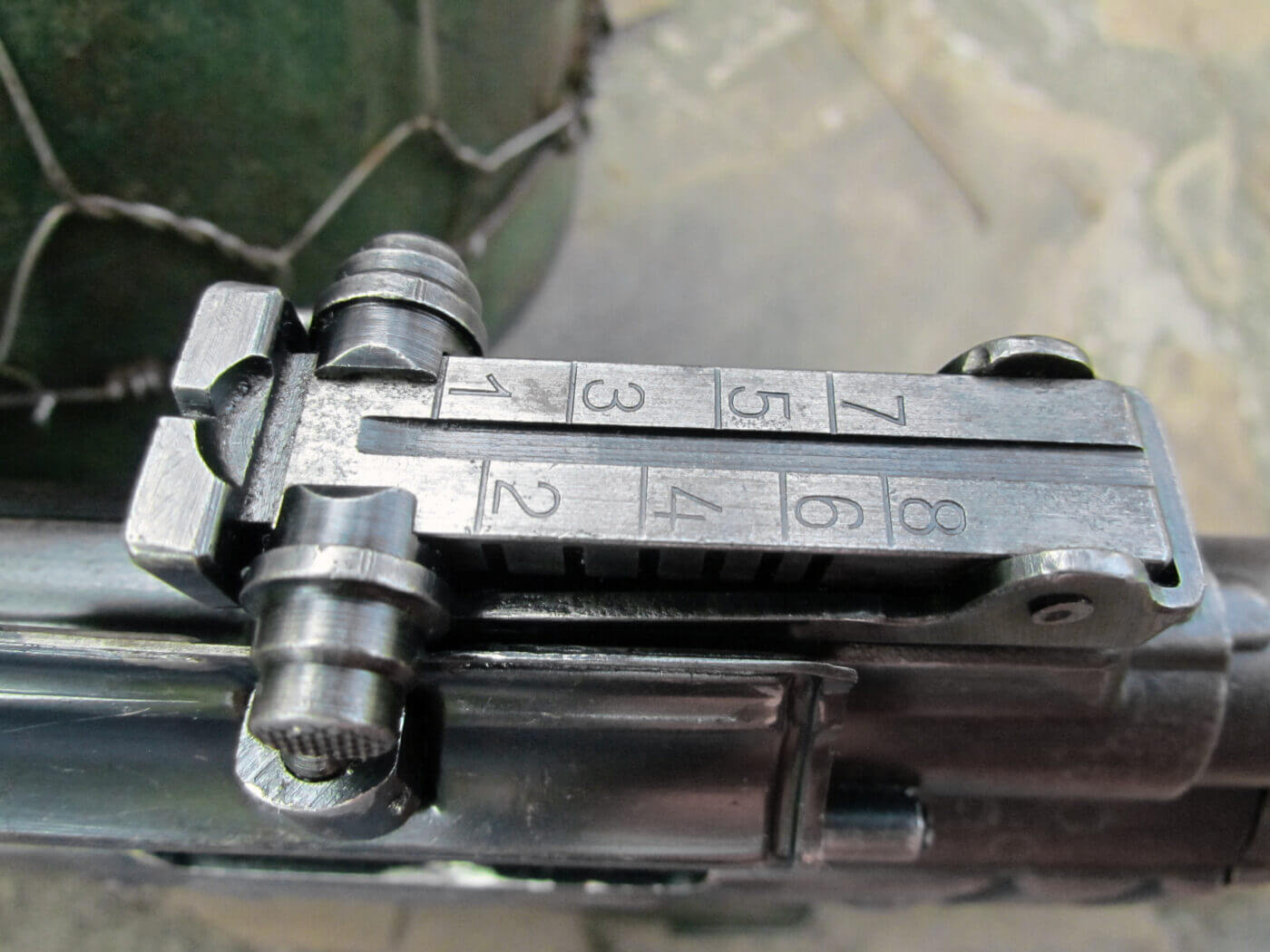
Running the StG44 is a rare treat. The gun’s modest recoil makes double taps positively recreational. The sedate 500 rpm rate of fire lets you write your name with the thing on full-auto.
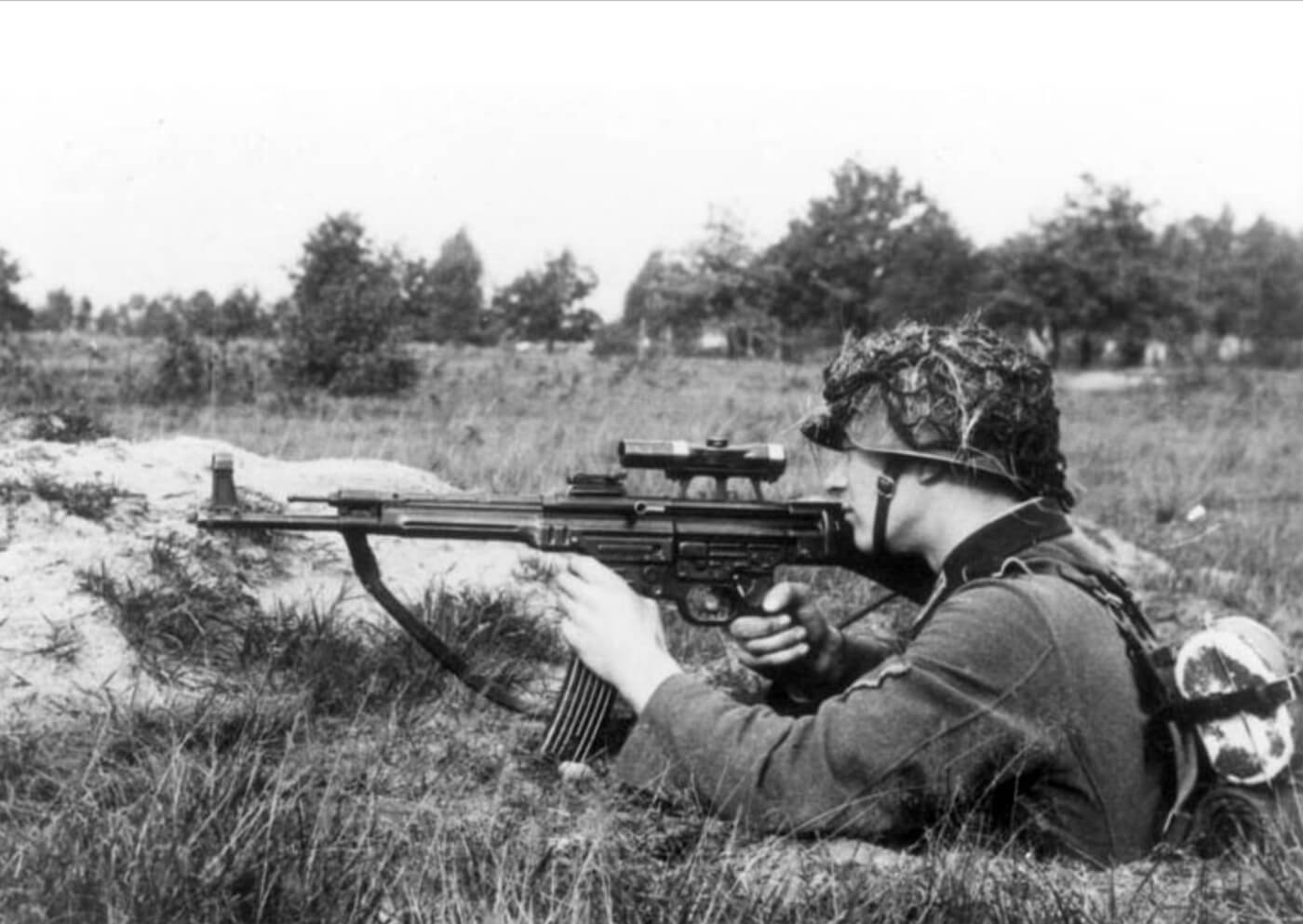
The StG44 was too little, too late to substantively influence the outcome of World War II, but it laid the foundation for small arms design upon which we build today. The gun was widely used by the East Germans immediately after the war and has subsequently been found in Africa, the Middle East and Vietnam. In 2012, Syrian rebels discovered a cache of some 5,000 StG44 rifles in serviceable condition in that wretched war-torn country. The last I read these old vintage guns were selling for about $50 apiece there. Pretty good deal, right?
Editor’s Note: Special thanks to www.worldwarsupply.com for the period gear we used to outfit our fallschirmjager. Please be sure to check out The Armory Life Forum, where you can comment about our daily articles, as well as just talk guns and gear. Click the “Go To Forum Thread” link below to jump in and discuss this article and much more!
Join the Discussion
Continue Reading
Did you enjoy this article?

 200
200






